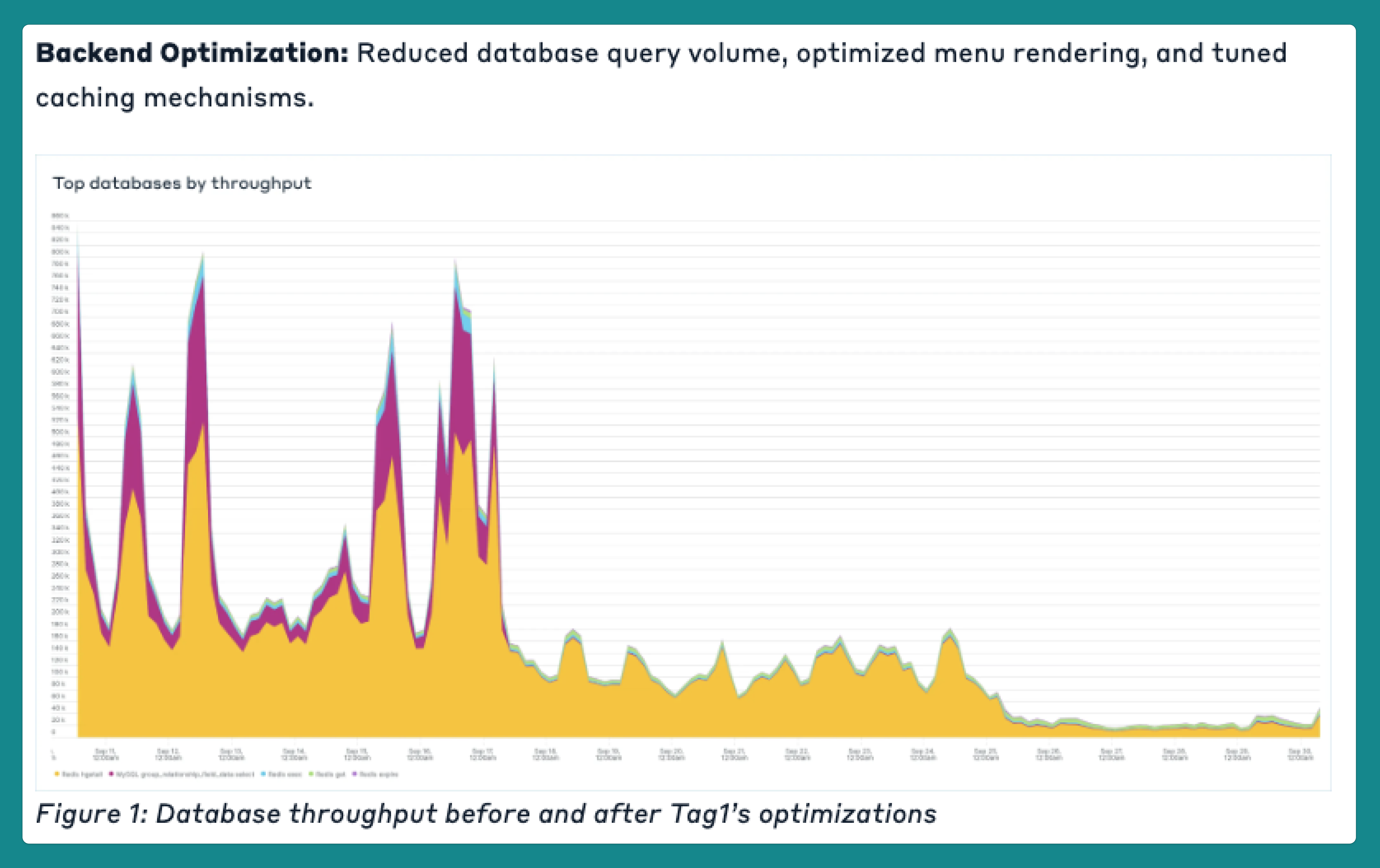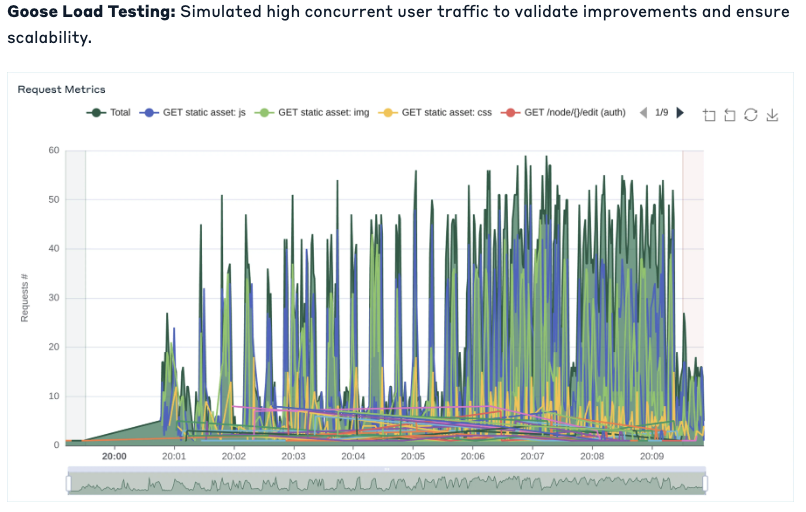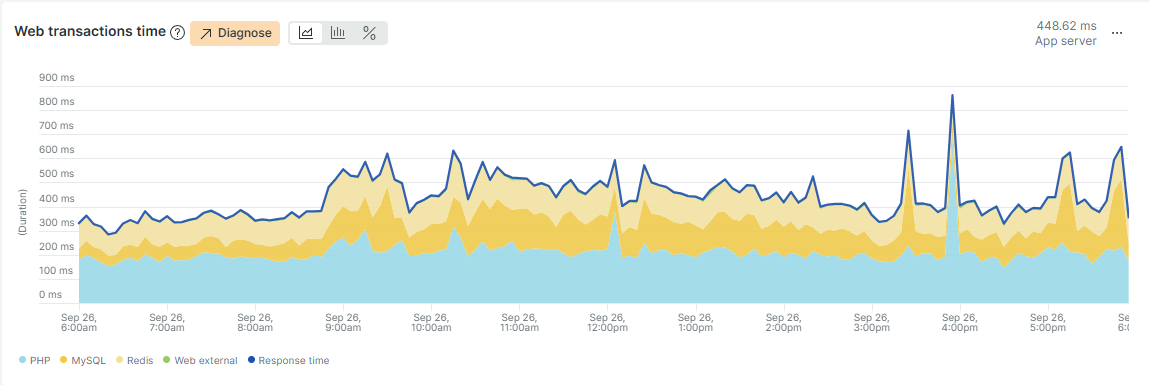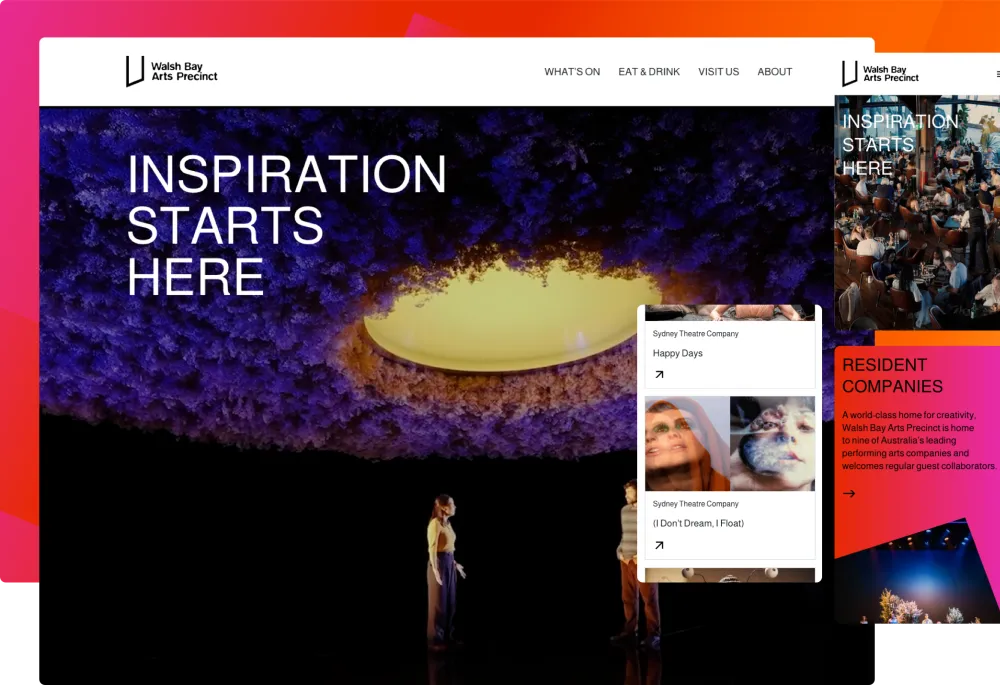Visit the site
Visit the siteOrganizations Involved
Community contributions
- Performance improvements contributed to Webform module.
- Drupal Test Traits performance testing integration released to the community.
- Group module issue identified and shared with the community.
Introduction
Enterprise-Grade Platform for London Residents
GLA provides critical services to London residents daily through london.gov.uk. Their Drupal-based platforms were slow and complex, creating challenges for both content editors and residents.
Tag1 partnered with GLA to improve site performance and implement enterprise-grade monitoring and testing using Goose (load testing) and Gander (performance tracing), enabling the city to deliver timely, reliable digital services.
As a result of the collaboration, london.gov.uk has already seen an 87% reduction in application response times and corresponding 40% improvement in browser rendering times.
Goals & Requirements:
- Improve backend performance for editors and visitors.
- Streamline editorial workflows for content creation, review, and publishing.
-
Increase visibility into site performance and reduce strategic risk.
Challenges & Solutions:
Challenge 1: Slow Backend Performance Affecting Editors and Visitors
Problem:
Many page requests took seconds to over a minute, and front-end payloads (images, JS/CSS) slowed page rendering. Editors struggled with delayed save and preview times.
Solution:
Performance Tuning and Instrumented Monitoring
- Backend Optimization: Reduced database query volume, optimized menu rendering, and tuned caching mechanisms.

- Goose Load Testing: Simulated high concurrent user traffic to validate improvements.

- Gander Performance Tracing: Identified bottlenecks at page and database levels.

- Deep-Dive Remediation:
- Menu Rendering: Menu configuration was a significant source of bottlenecks. Tag1 proposed long-term Drupal core improvements and short-term custom code fixes, including pre-filtering disabled menu links and bypassing Drupal’s default “active trail” behavior. Together with smaller changes, these reduced cold-cache database queries from ~75,000 to ~10,000 on the slowest requests.
- Contributed Module Improvements: London.gov.uk makes heavy use of the Webform module. Tag1 identified and contributed to fixes that delivered memory and CPU savings through Webform Paragraphs integration and library discovery. These improvements were contributed back to the Drupal community as an outcome of this audit. An issue in the Groups module was also found that, once deployed, will dramatically reduce cache invalidation.
- Infrastructure Configuration: PHP and MySQL contributed additional latency. Tuning APCu allocation and the InnoDB buffer pool reduced overhead and improved responsiveness for site users.
- Application response times (as measured by New Relic on production) improved by 87%, with a corresponding 40% improvement for front end rendering.
Before:

After:

- Web transaction time averaged 3449.75 milliseconds on London’s app server
- Goose load testing confirmed approximately a 30% improvement in content editing response times.
- Cold-cache database queries reduced from ~75,000 to ~10,000, dramatically improving page load speeds.
- Image payloads reduced by 25% through WebP conversion.
- Before the audit, 75% of Largest Contentful Paint times were under 2.6s, after the first phase of improvements were deployed this was improved to under 2s.

Challenge 2: Complex Editorial Workflows Slowing Timely Content Delivery
Problem:
Creating, reviewing, and publishing content was time-consuming due to slow system responses and multi-step workflows. High-visibility content required prompt publication and accurate searchability.
Solution:
Workflow Streamlining with Query and Cache Optimization
Application response times (as measured by New Relic on production) improved by 87%, with a corresponding 40% improvement for front-end rendering.
- Editorial Efficiency: Reduced save times through query volume reductions, menu rendering fixes, and cache improvements, cutting bottlenecks that slowed editors at every step.
- System-Level Fixes: Improvements to Webform and Groups modules reduced excessive memory usage and cache invalidation, ensuring editorial tools stayed fast and responsive even for complex landing pages.
- High-priority content (e.g., Mayor’s Question Time transcripts, press releases) published quickly and reliably.
- Editorial teams experienced faster turnaround for urgent updates.
- Improved responsiveness to residents’ needs.
Challenge 3: Limited Visibility and Strategic Risk
Problem:
GLA’s teams lacked real-time insight into performance and site health. The strategic risk wasn’t just traffic spikes, but also the ability to create and publish content efficiently. Without better visibility, content creation was slow and error-prone, creating barriers to timely updates on city programs, services, and public information.
Solution:
Enterprise Monitoring and Reporting
- Drupal Test Traits-Performance Testing:Tag1 developed and ultimately contributed back, performance testing integration for Drupal Test Traits that allows tests to run against a pre-installed database. This integration makes performance checks efficient in CI/CD workflows for a complex site like london.gov.uk and was released during the audit, providing immediate value to GLA and the broader Drupal community.
- Goose Load Testing: Tag1 implemented Goose load tests to simulate realistic traffic loads and identify scalability bottlenecks. This helped ensure the site could handle high-traffic events without degradation, complementing the internal performance tests run via Drupal Test Traits.
- Performance Governance: Leadership gained clear visibility into site performance with tools to track improvements and demonstrate reliability for high-impact content such as press releases and Mayor’s Question Time transcripts.
- Enhanced New Relic Usage: Tag1 worked with GLA and their vendor CIVIC to reconfigure New Relic, unlocking more actionable insights and enabling GLA teams to use the tool effectively.
- Teams gained actionable insights into performance and scalability during both development and on production, reducing the risk of regressions and improving confidence prior to deployments.
- Residents consistently accessed critical city information without disruption.
Results & Future Improvements
These results created a foundation for both immediate performance gains and long-term resilience. Residents now enjoy faster access to essential services, while internal teams experience quicker editing, easier publishing, and clearer visibility into performance, positioning the site for future growth and reliability.
To date, the first phase of improvements from more than 50 audit recommendations has been implemented. GLA has 12+ additional enhancements planned for rollout in the near future, with further performance gains expected once they are deployed, showcasing data-driven leadership in maintaining a high-performance, dependable digital platform for the city.
In the medium term, the GLA team will integrate Tag1's, Goose load testing into QA processes for any significant code releases. Gander performance tests will be used locally on demand and automatically via CI to validate that all code changes are performance neutral or positive.
Back to top- GLA was already operating on Drupal, and the platform continued to be the right fit for its evolving needs. Drupal’s mature content governance, flexible architecture, and proven scalability aligned with GLA’s complex editorial workflows and multi-department ecosystem. Its strong open-source community further ensured sustainability, innovation, and long-term value.

Technical Specifications
Drupal version:
Key modules/theme/distribution used:
Why these modules/theme/distribution were chosen:
- Webform powers critical forms and workflows, enhanced with performance improvements.
- Group enables complex content permissions and editorial structure.
- Drupal Test Traits supports performance test automation in CI/CD.
- Goose and Gander, developed by Tag1, provided enterprise-grade load testing and performance tracing capabilities directly integrated with Drupal environments.



